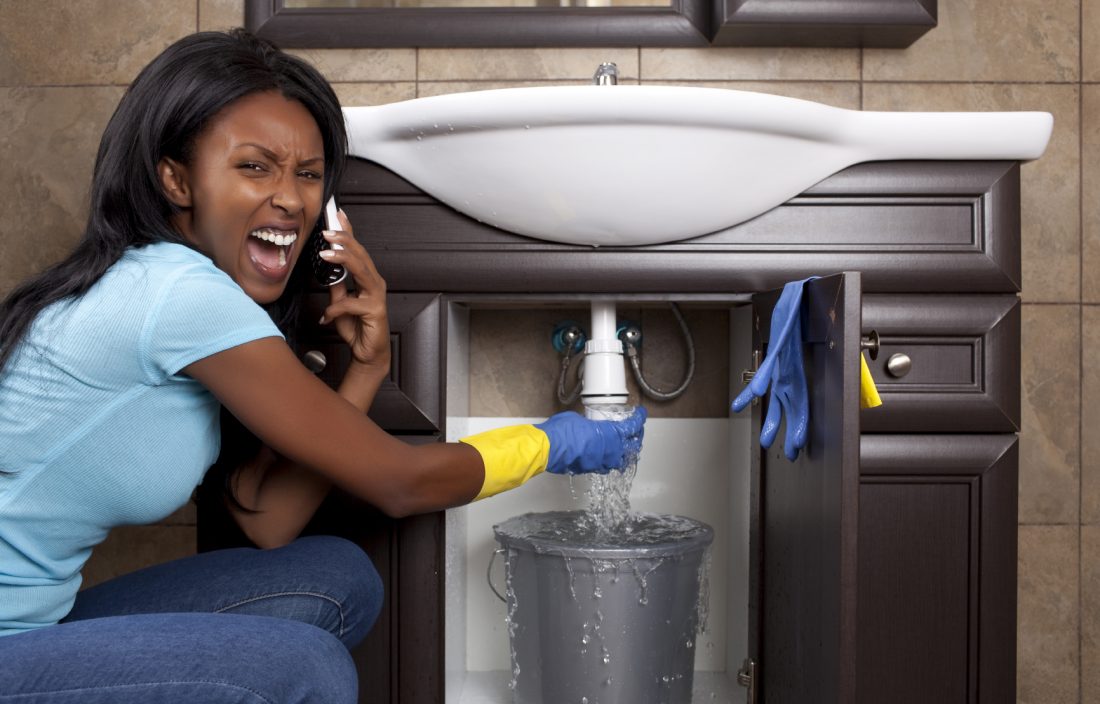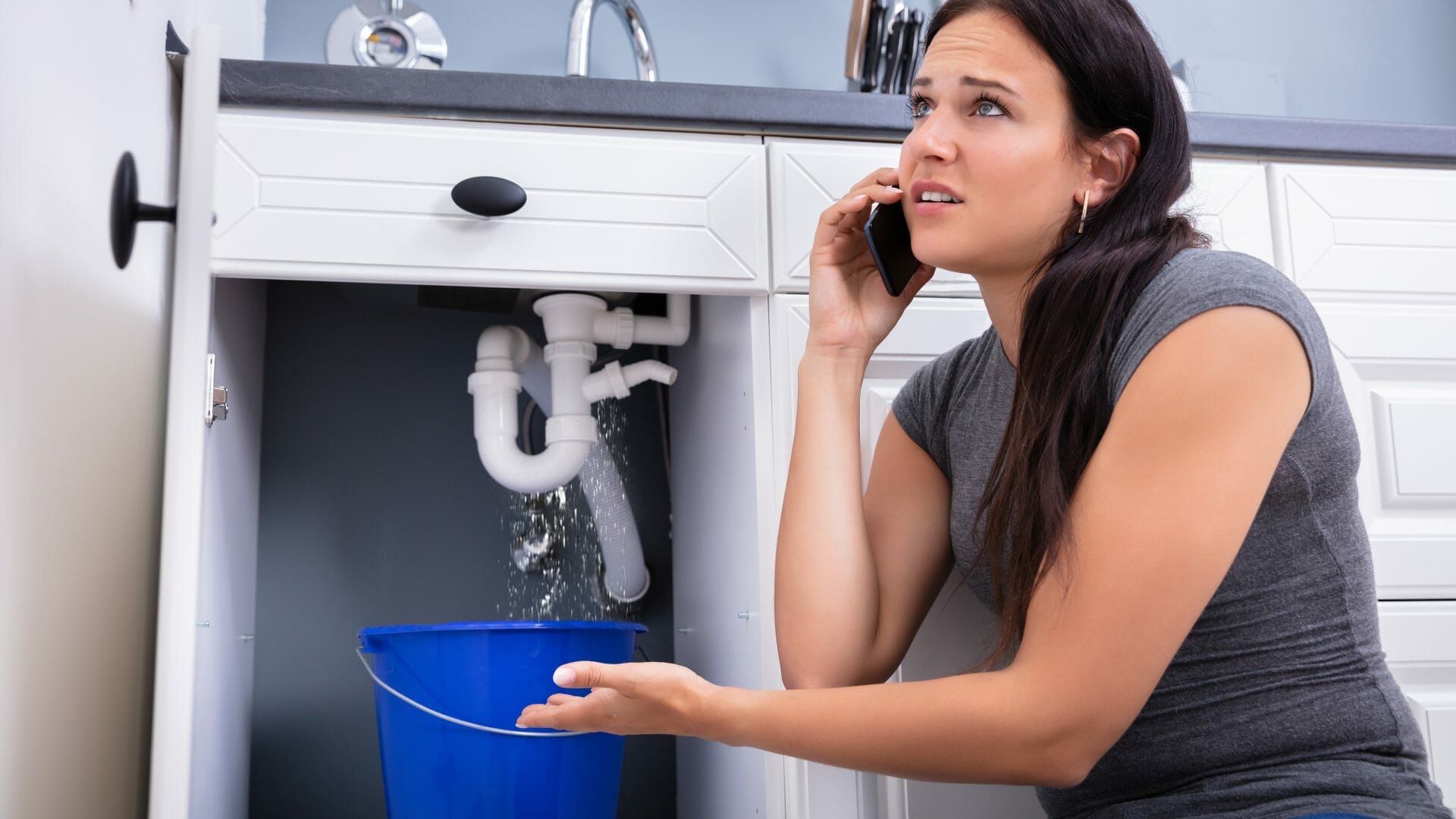If you suddenly notice a decrease in water flow from your kitchen sink faucet, the first thing you should check is the aerator. This small mesh screen is located at the end of your faucet and can easily become clogged with debris, reducing the water flow. Remove the aerator and clean it with a mixture of equal parts water and vinegar. This will help remove any buildup and restore the water flow.Check the aerator
If cleaning the aerator does not solve the problem, the next step is to check the water supply valve. This valve is usually located under the sink and may have accidentally been turned off or partially closed. Make sure the valve is fully open to allow for proper water flow to your faucet.Check the water supply valve
If the aerator and water supply valve are not the issue, the next step is to clean the faucet head itself. Over time, mineral deposits can build up on the inside of the faucet head, causing blockages and reducing water flow. To clean the faucet head, remove it from the faucet and soak it in a mixture of water and vinegar for 30 minutes. Scrub it gently with a toothbrush to remove any buildup before reattaching it to the faucet.Clean the faucet head
If none of the above solutions have worked, the problem may lie within your pipes. Check for any clogs or blockages in the pipes leading to your kitchen sink. If you notice any obstructions, try using a plunger or a plumbing snake to remove them. If the clog is too deep or difficult to remove, it may be time to call a professional plumber.Check for clogs in the pipes
If your kitchen faucet is still not working properly, the issue may be with the faucet cartridge. Over time, the cartridge can become worn out or damaged, which can affect the water flow. In this case, it is best to replace the faucet cartridge with a new one to restore proper water flow to your sink.Replace the faucet cartridge
In some cases, the issue may not be with the faucet itself, but with the water pressure in your home. If you notice a sudden decrease in water flow from multiple faucets in your house, it may be a problem with the main water supply. Check with your water provider to see if there are any known issues in your area.Check the water pressure
Another possible cause of low water flow from your kitchen faucet is a damaged or clogged water supply line. This is the pipe that connects your faucet to the main water supply. Check for any kinks, bends, or clogs in the supply line and replace it if necessary to improve water flow.Inspect the water supply line
A leaky faucet can also cause a decrease in water flow. Check for any leaks in the faucet or the pipes under your sink. Even a small leak can lead to a significant decrease in water flow over time. If you notice a leak, it is best to fix it as soon as possible to prevent further issues.Check for leaks
If all else fails and you are still experiencing very little water flow from your kitchen sink faucet, it may be time to replace the faucet altogether. Over time, faucets can become worn out and less effective, and it may be more cost-effective to replace it rather than constantly trying to fix it.Replace the faucet
If you have exhausted all the troubleshooting steps and are still experiencing very little water flow from your kitchen sink faucet, it is best to call a professional plumber. They have the expertise and tools to diagnose and fix the issue quickly and efficiently.Call a plumber
The Importance of a Functional Kitchen Sink Faucet in House Design

Ensuring Proper Water Flow for Everyday Tasks
 When it comes to house design, the kitchen is often considered the heart of the home. It's where families gather to cook, eat, and spend quality time together. That's why it's essential to have a functional kitchen, and a key element of that is a properly working
kitchen sink faucet
. However, there are times when suddenly, very little water flows from the kitchen sink faucet, causing a disruption in daily tasks. This can be frustrating and inconvenient, but it's important to understand the reasons behind this issue and how to address it.
When it comes to house design, the kitchen is often considered the heart of the home. It's where families gather to cook, eat, and spend quality time together. That's why it's essential to have a functional kitchen, and a key element of that is a properly working
kitchen sink faucet
. However, there are times when suddenly, very little water flows from the kitchen sink faucet, causing a disruption in daily tasks. This can be frustrating and inconvenient, but it's important to understand the reasons behind this issue and how to address it.
Common Causes of Low Water Flow in Kitchen Sink Faucets
 There are several reasons why your kitchen sink faucet may experience low water flow. One of the most common causes is a clogged aerator. The aerator is the small mesh screen located at the tip of the faucet. Over time, it can accumulate mineral deposits, debris, or sediment, causing water flow to slow down. Another possible cause is a faulty cartridge or valve. These components control the water flow and pressure, and if they are damaged or worn out, it can result in low water flow. Additionally, plumbing issues such as a blockage in the pipes or a leak can also affect the water flow in your kitchen sink faucet.
There are several reasons why your kitchen sink faucet may experience low water flow. One of the most common causes is a clogged aerator. The aerator is the small mesh screen located at the tip of the faucet. Over time, it can accumulate mineral deposits, debris, or sediment, causing water flow to slow down. Another possible cause is a faulty cartridge or valve. These components control the water flow and pressure, and if they are damaged or worn out, it can result in low water flow. Additionally, plumbing issues such as a blockage in the pipes or a leak can also affect the water flow in your kitchen sink faucet.
Addressing the Issue: Troubleshooting and Solutions
 The first step in addressing low water flow in your kitchen sink faucet is to troubleshoot the problem. Begin by checking the aerator for any obstructions and cleaning it if necessary. If the aerator is not the issue, it may be necessary to check the cartridge or valve for any damage and replace them if needed. If the problem persists, it's best to consult a professional plumber who can diagnose and fix any underlying plumbing issues. It's also crucial to regularly maintain your kitchen sink faucet by cleaning the aerator and checking for any leaks.
The first step in addressing low water flow in your kitchen sink faucet is to troubleshoot the problem. Begin by checking the aerator for any obstructions and cleaning it if necessary. If the aerator is not the issue, it may be necessary to check the cartridge or valve for any damage and replace them if needed. If the problem persists, it's best to consult a professional plumber who can diagnose and fix any underlying plumbing issues. It's also crucial to regularly maintain your kitchen sink faucet by cleaning the aerator and checking for any leaks.
The Impact of a Properly Functioning Kitchen Sink Faucet
 Having a functional kitchen sink faucet is crucial for everyday tasks such as washing dishes, preparing food, and filling pots with water. Not only does it make these tasks more efficient, but it also helps conserve water. A low water flow can result in wasted water and increased utility bills. Additionally, a malfunctioning kitchen sink faucet can affect the overall aesthetic and functionality of your kitchen, which is a significant aspect of house design.
In conclusion, a properly functioning
kitchen sink faucet
is an essential element of a functional and efficient kitchen. Low water flow can be a frustrating issue, but by understanding the common causes and addressing them promptly, you can ensure a smooth and enjoyable cooking experience. Regular maintenance and troubleshooting can go a long way in preserving the functionality of your kitchen sink faucet and contributing to the overall house design.
Having a functional kitchen sink faucet is crucial for everyday tasks such as washing dishes, preparing food, and filling pots with water. Not only does it make these tasks more efficient, but it also helps conserve water. A low water flow can result in wasted water and increased utility bills. Additionally, a malfunctioning kitchen sink faucet can affect the overall aesthetic and functionality of your kitchen, which is a significant aspect of house design.
In conclusion, a properly functioning
kitchen sink faucet
is an essential element of a functional and efficient kitchen. Low water flow can be a frustrating issue, but by understanding the common causes and addressing them promptly, you can ensure a smooth and enjoyable cooking experience. Regular maintenance and troubleshooting can go a long way in preserving the functionality of your kitchen sink faucet and contributing to the overall house design.


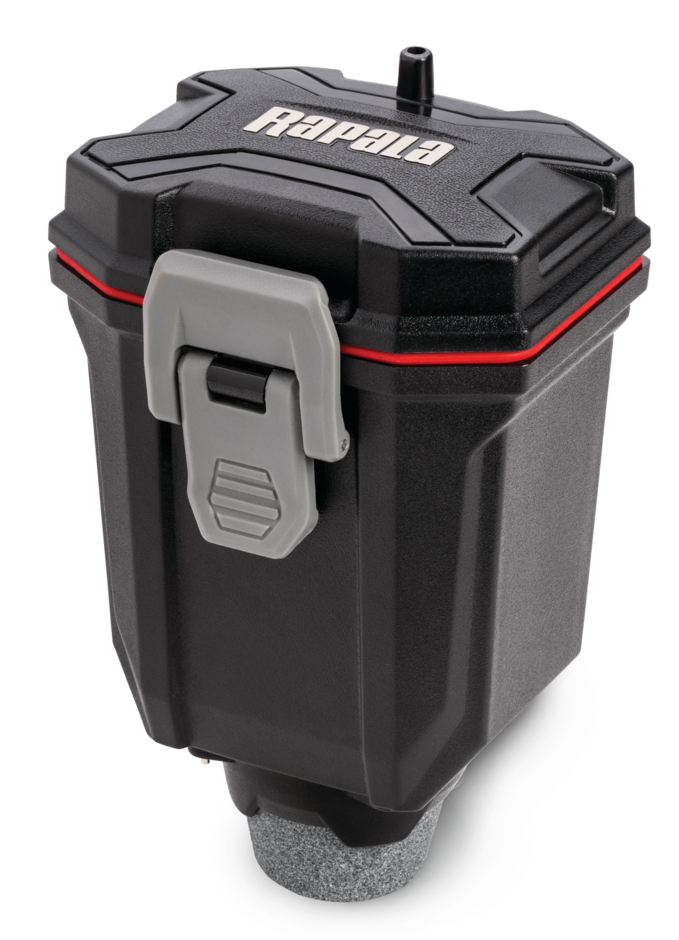









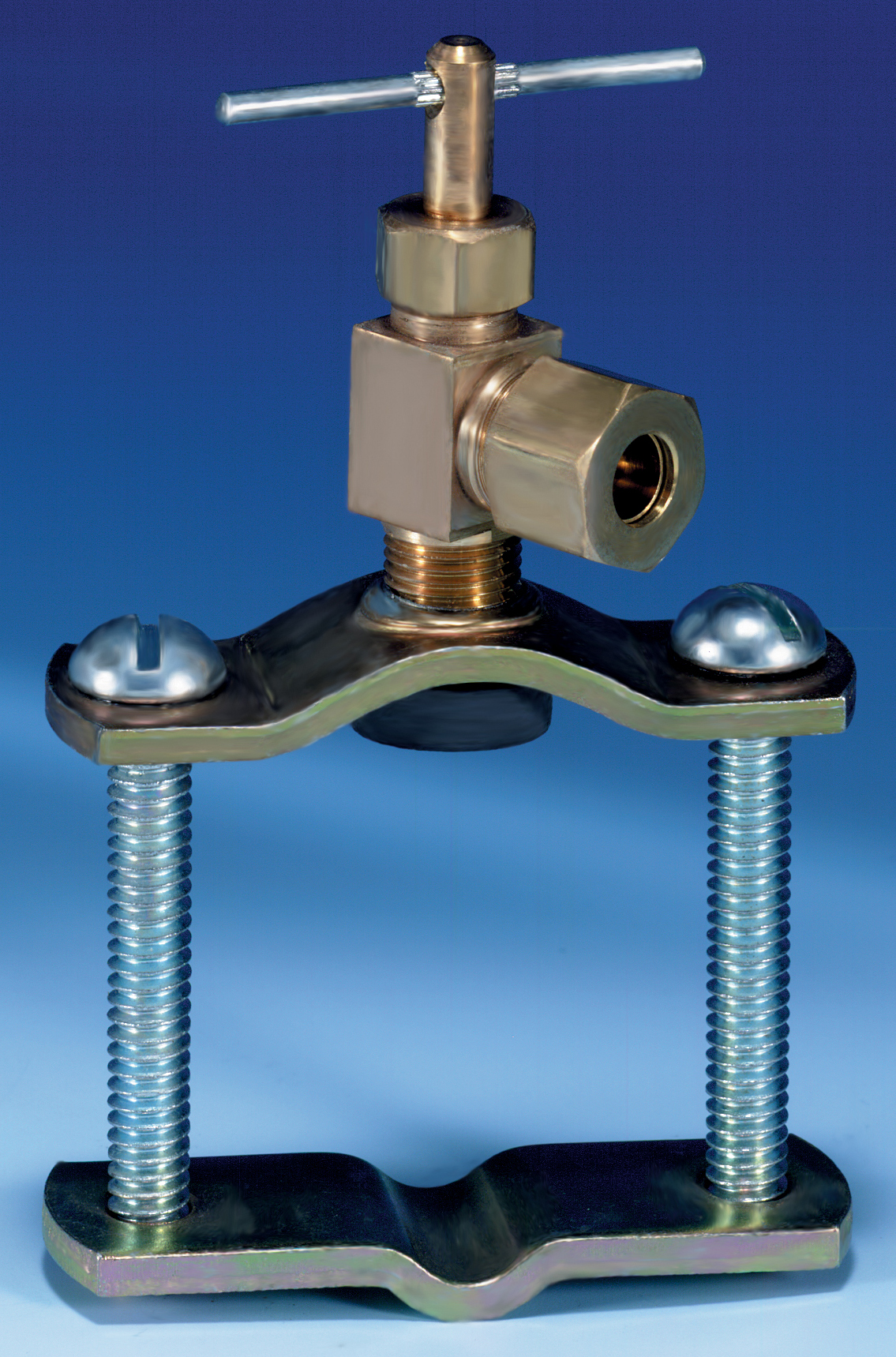







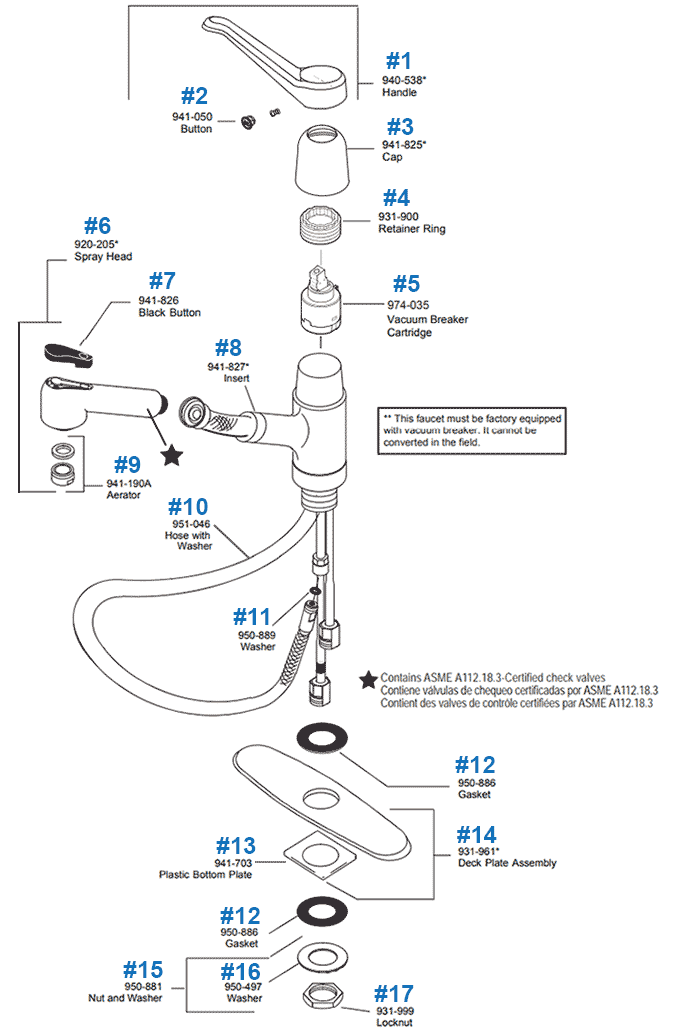

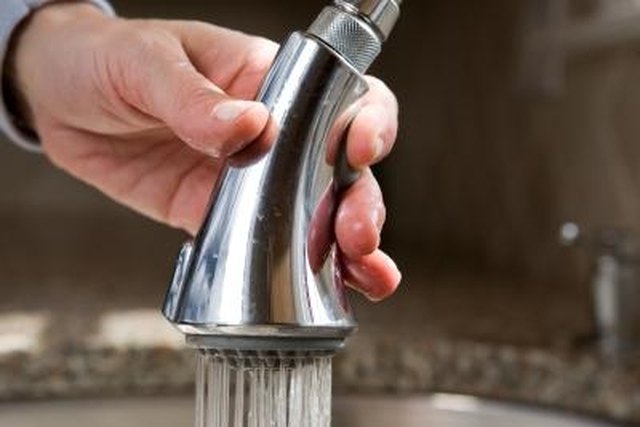






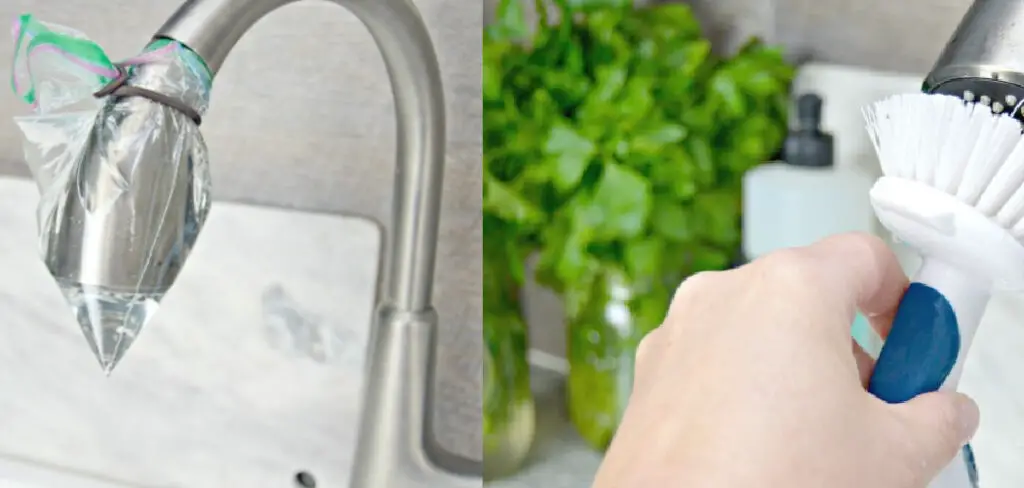

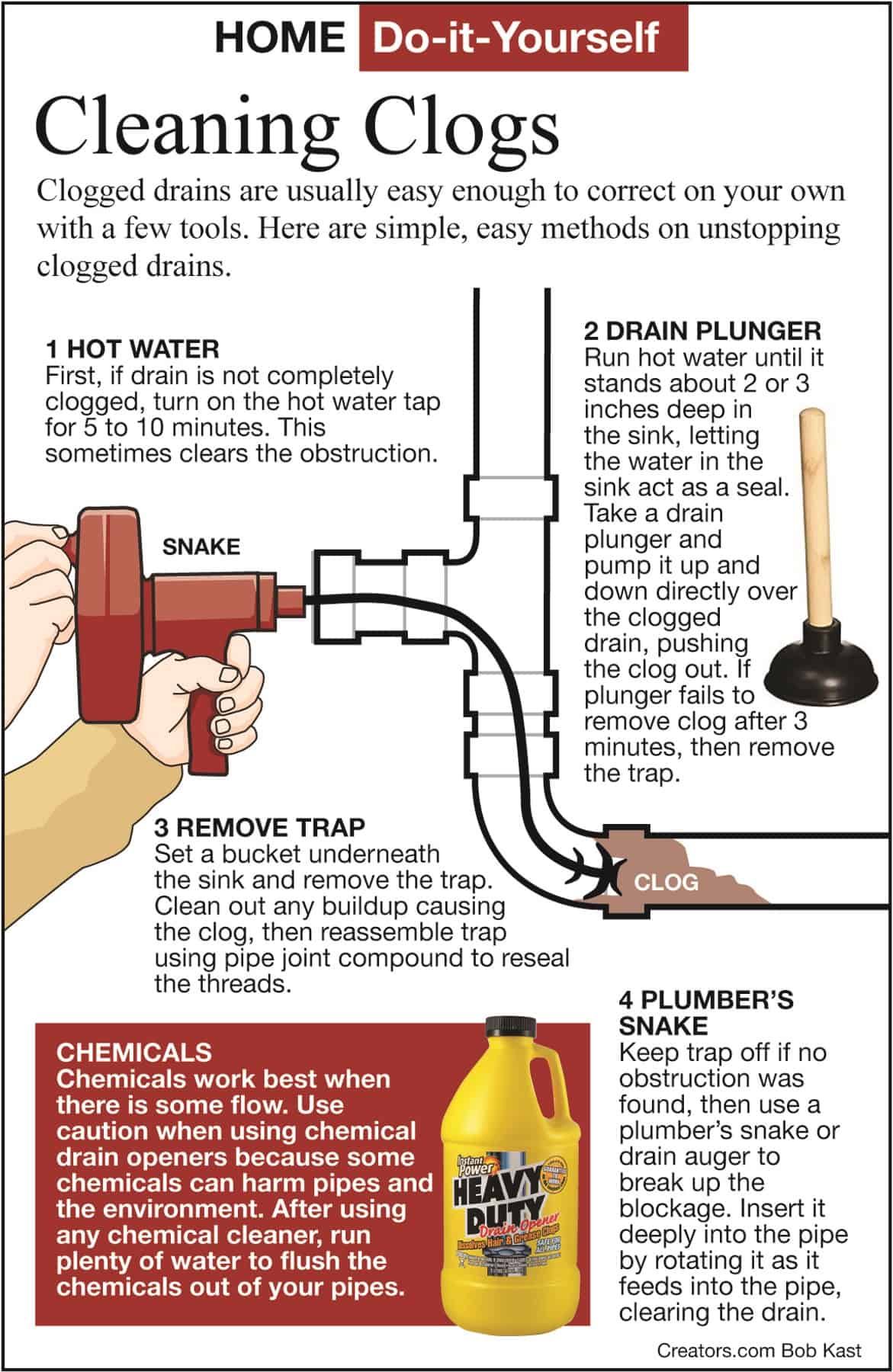

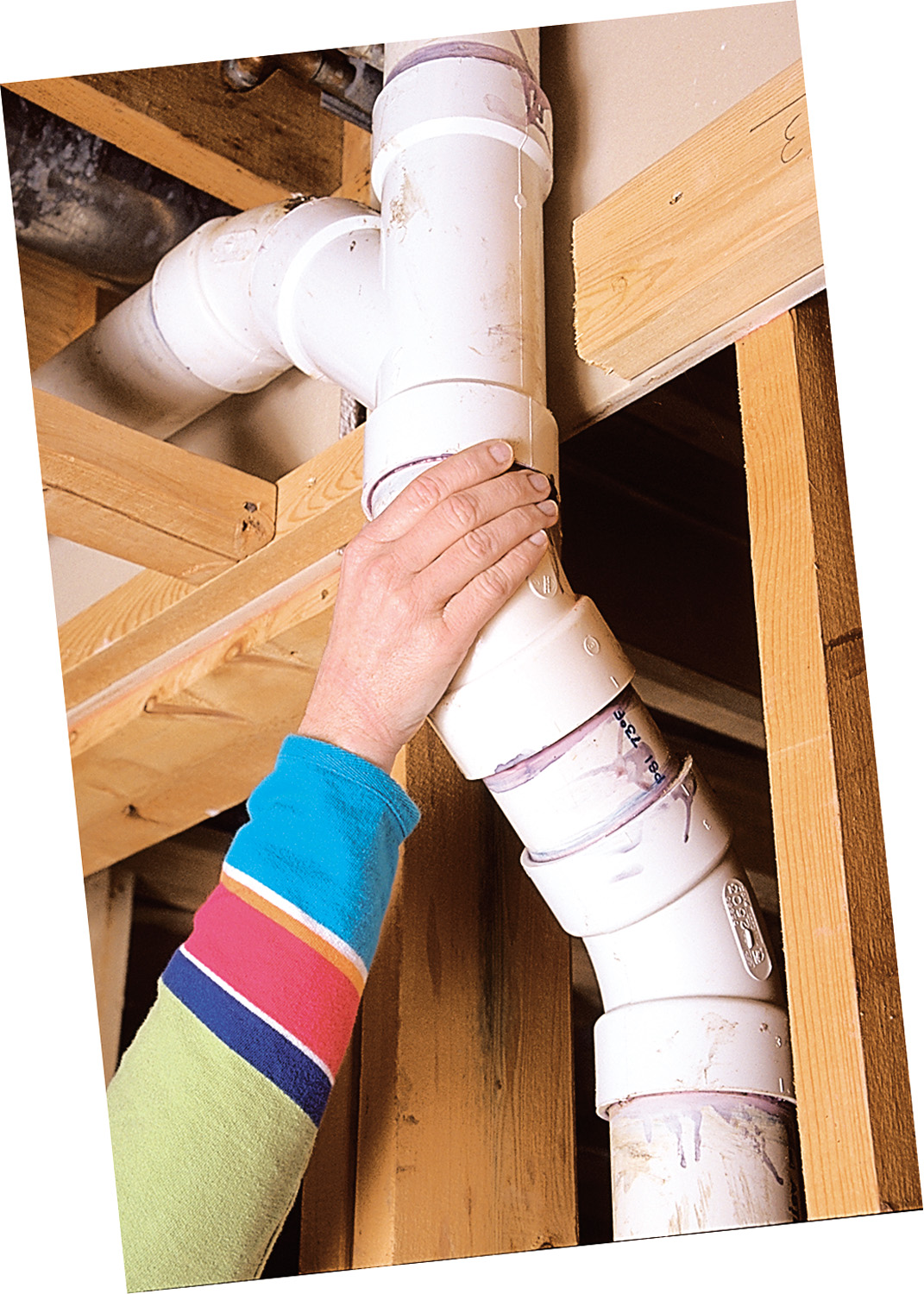









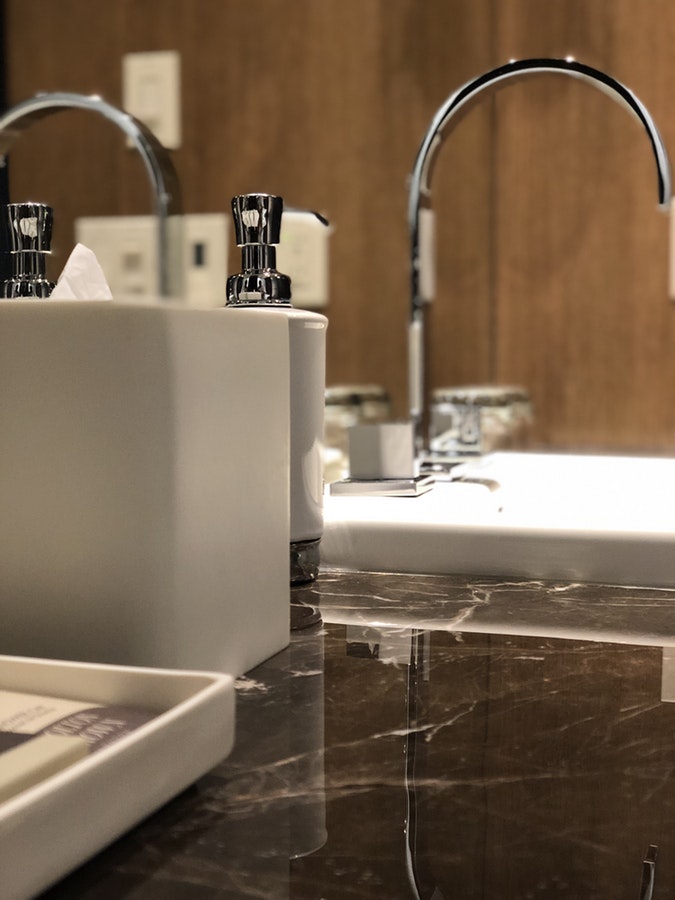
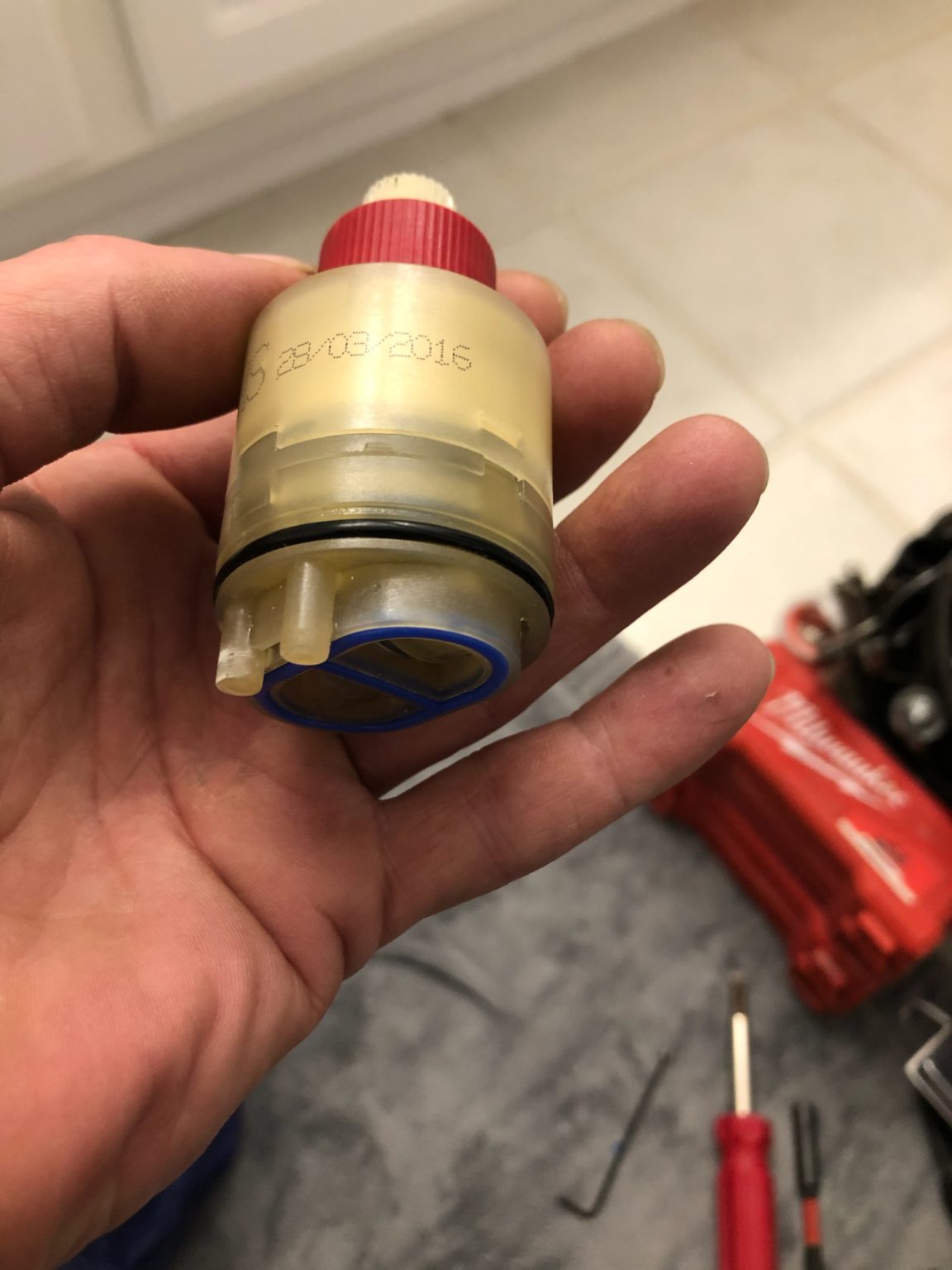




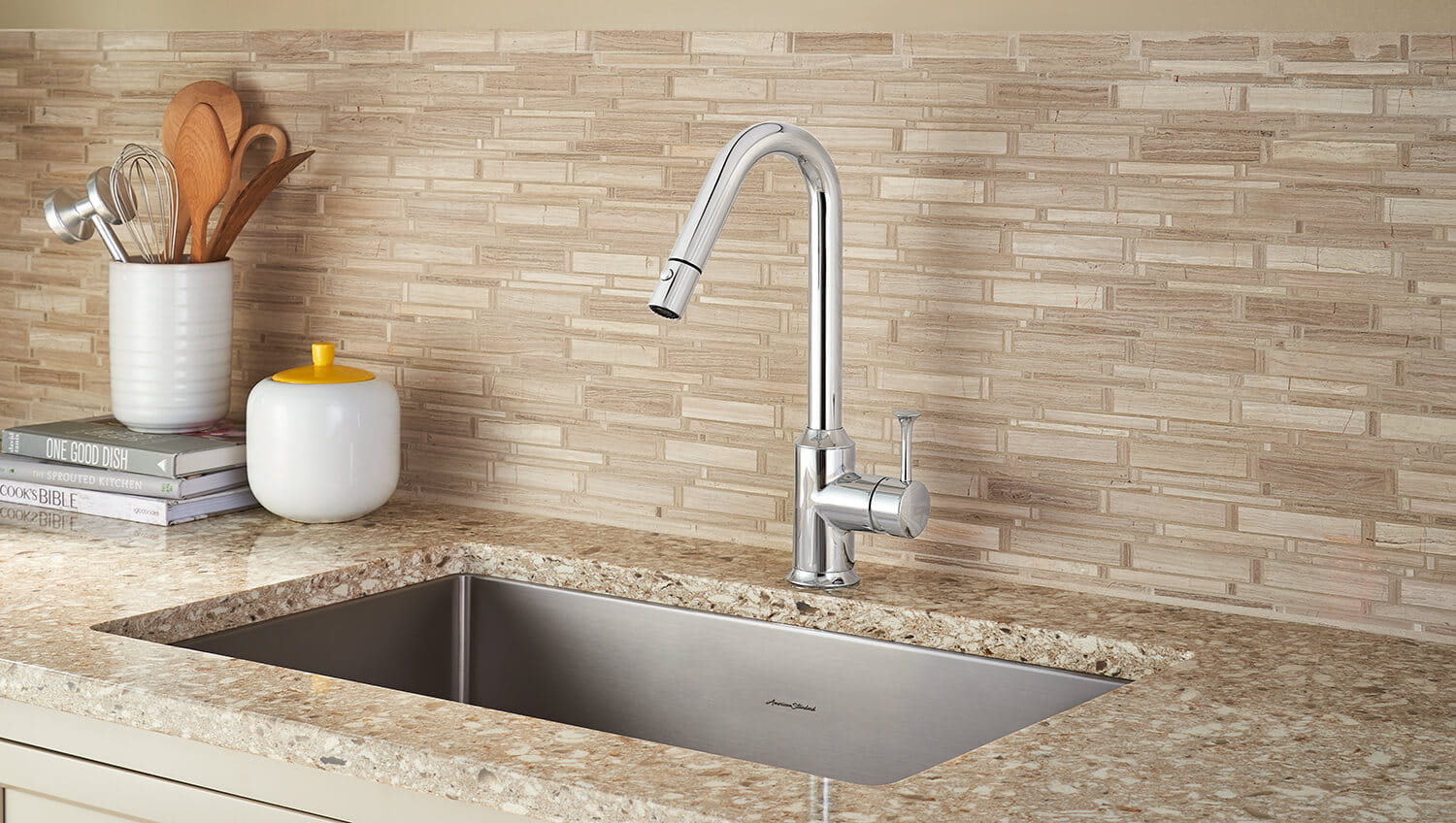





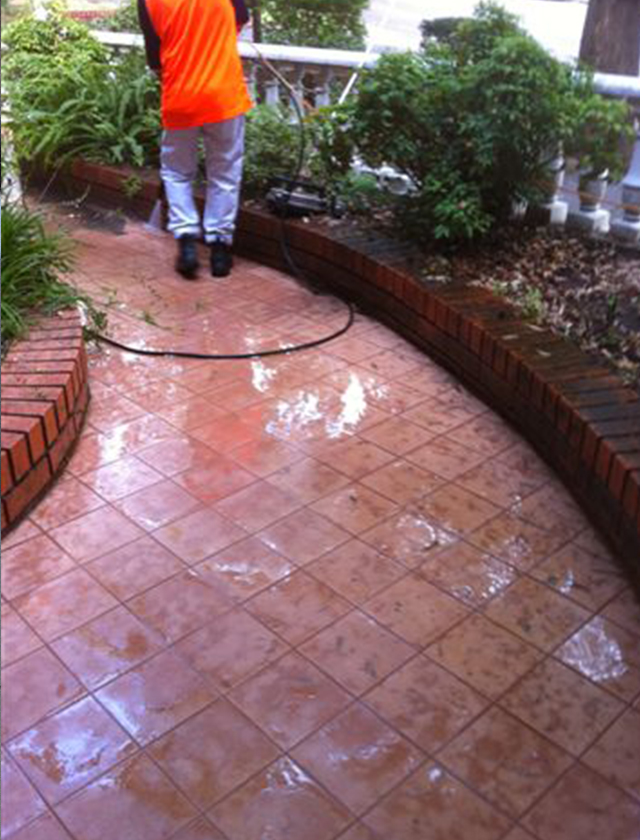
/93097679-56a73c295f9b58b7d0e81657.jpg)
/testing-water-pressure-in-your-home-2718692-hero-98f45508ca5d44b6b551034ac5cedab5.jpg)
:max_bytes(150000):strip_icc()/testing-water-pressure-in-your-home-2718692-04-c37ab3236d0d4b61b87079ebf9ef823e-c1e1ef0104fb44778a287bd9bb5ec140.jpeg)
:max_bytes(150000):strip_icc()/the-men-s-hand-opens-the-ball-valve-on-the-collector-1006810456-5c5fc73fc9e77c000159c4af.jpg)

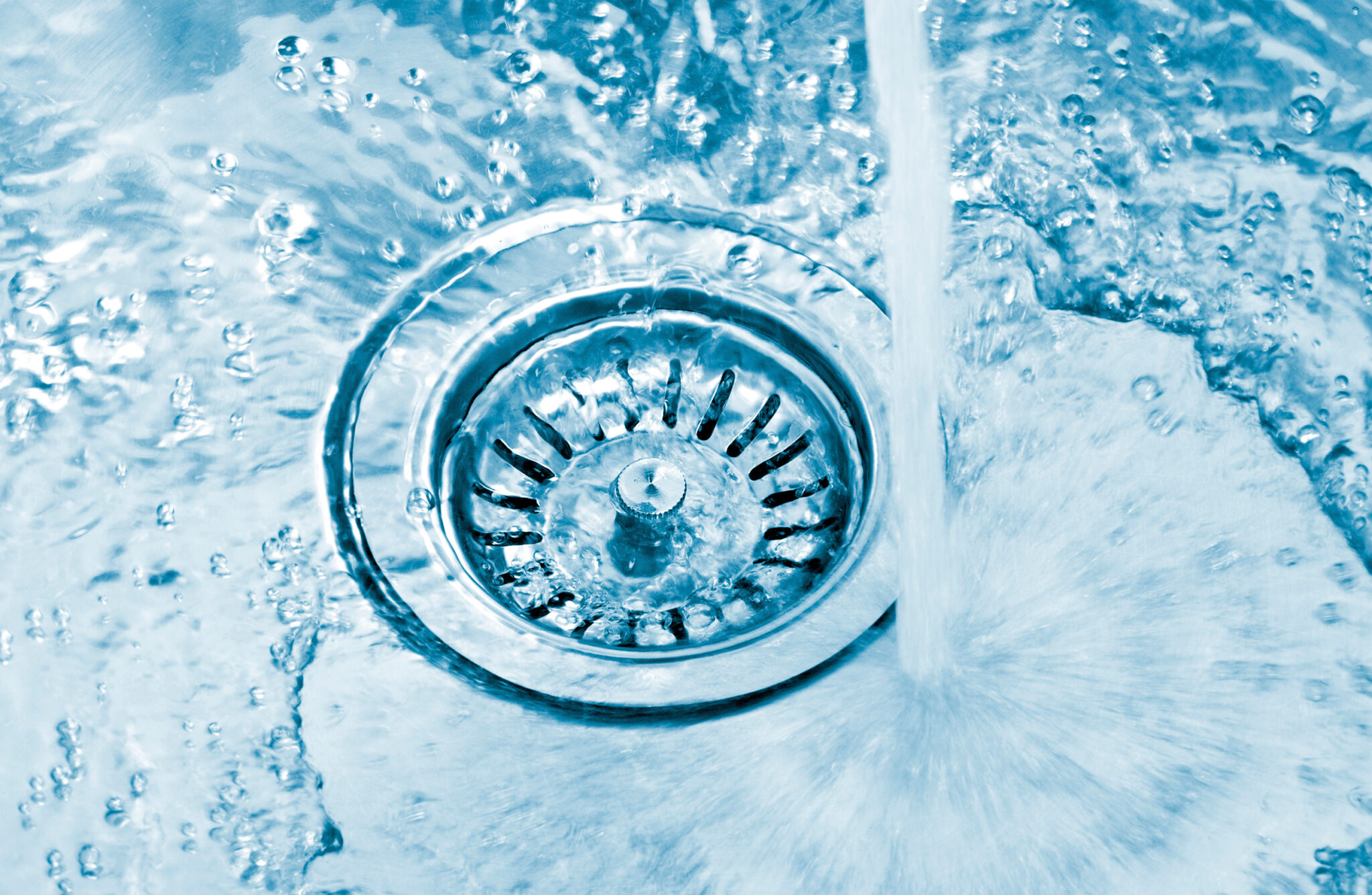
/JodiJacobson-waterpressure-5b9bf850c9e77c0050a2d8aa.jpg)


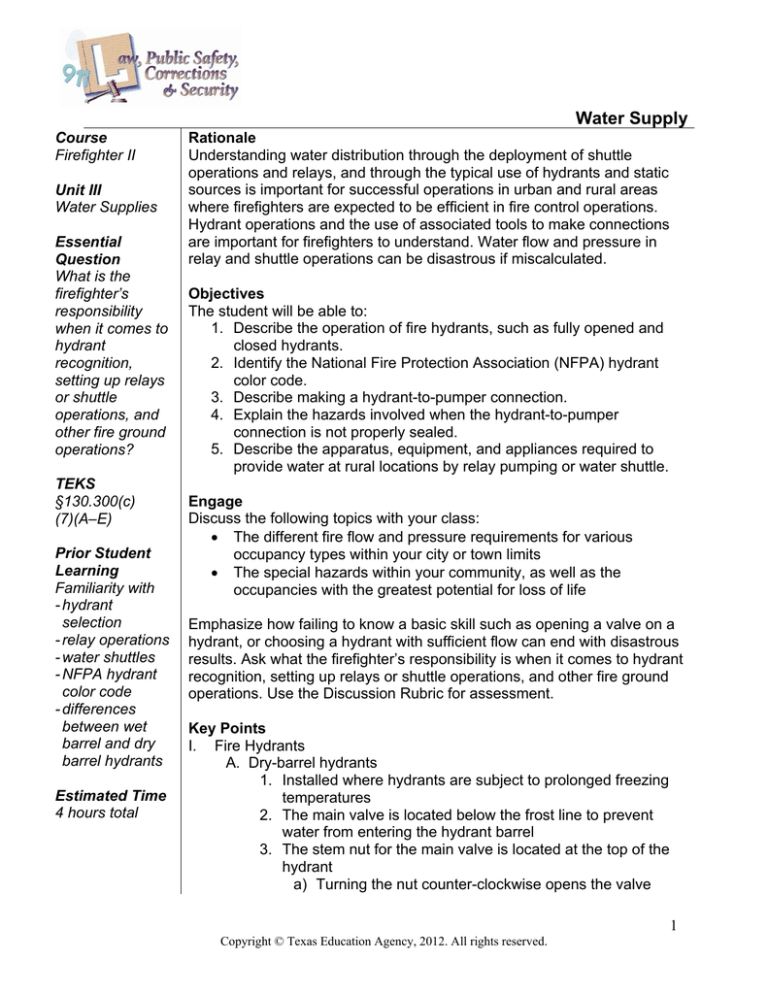

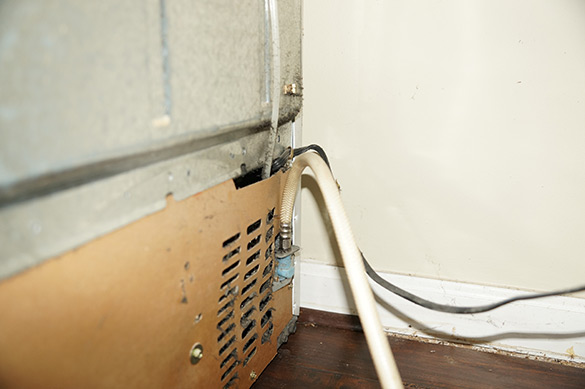
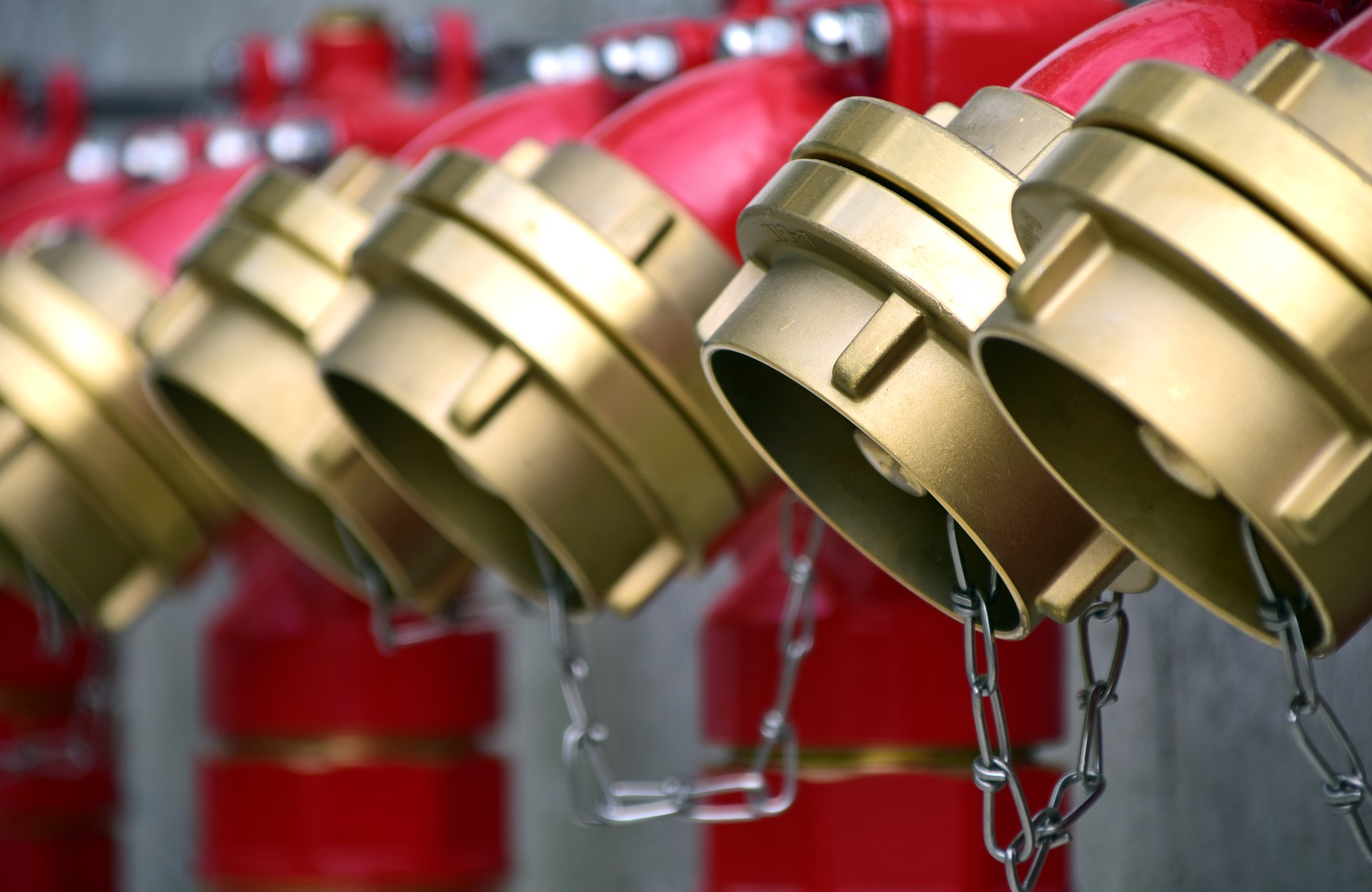

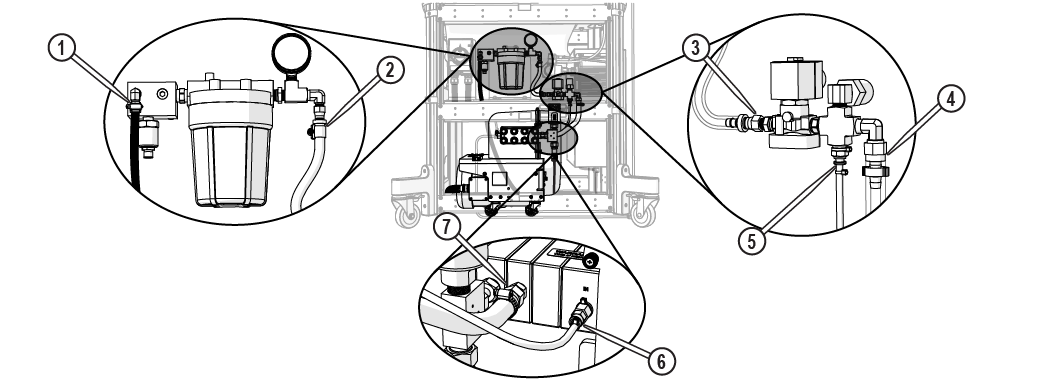


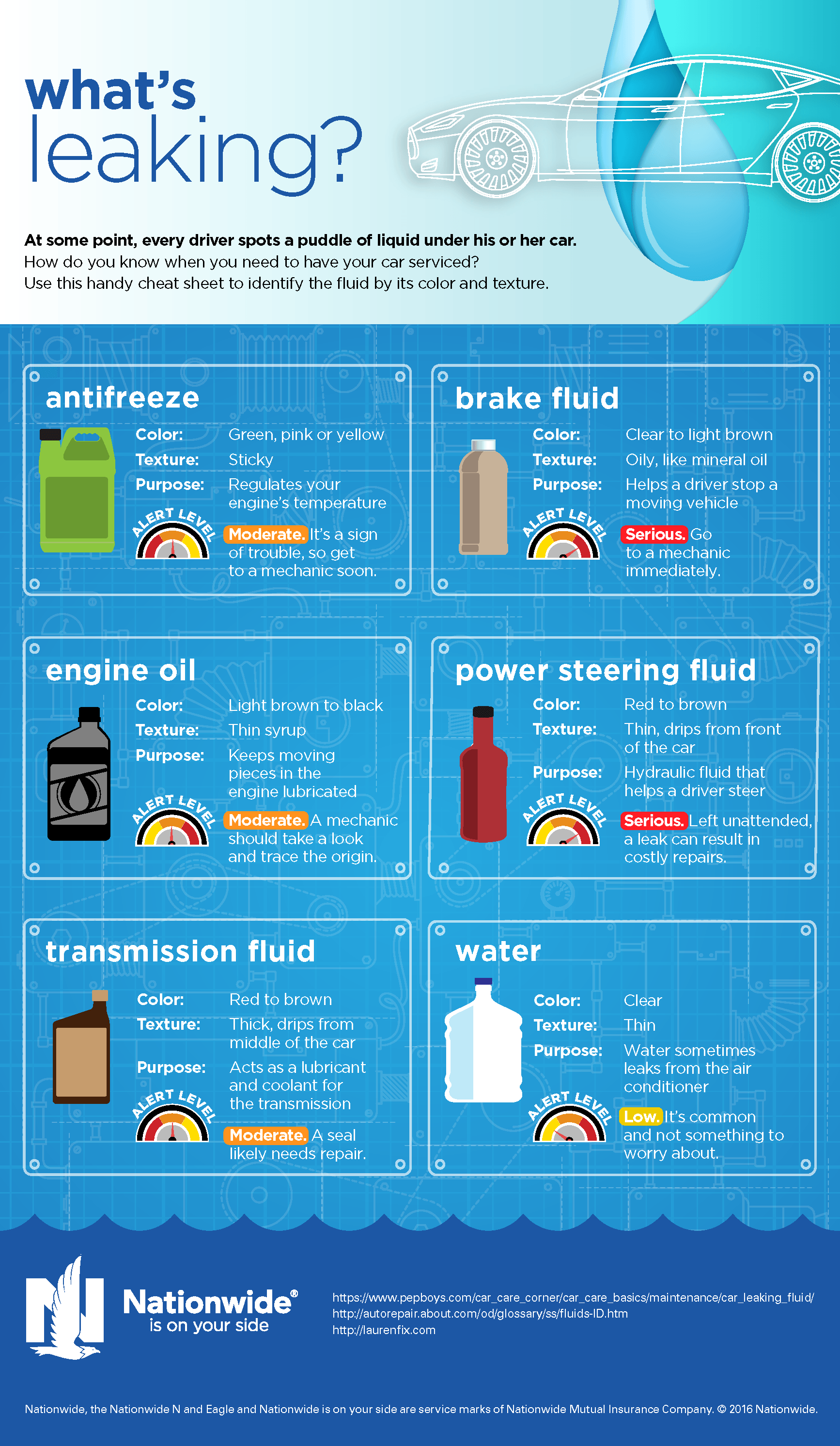


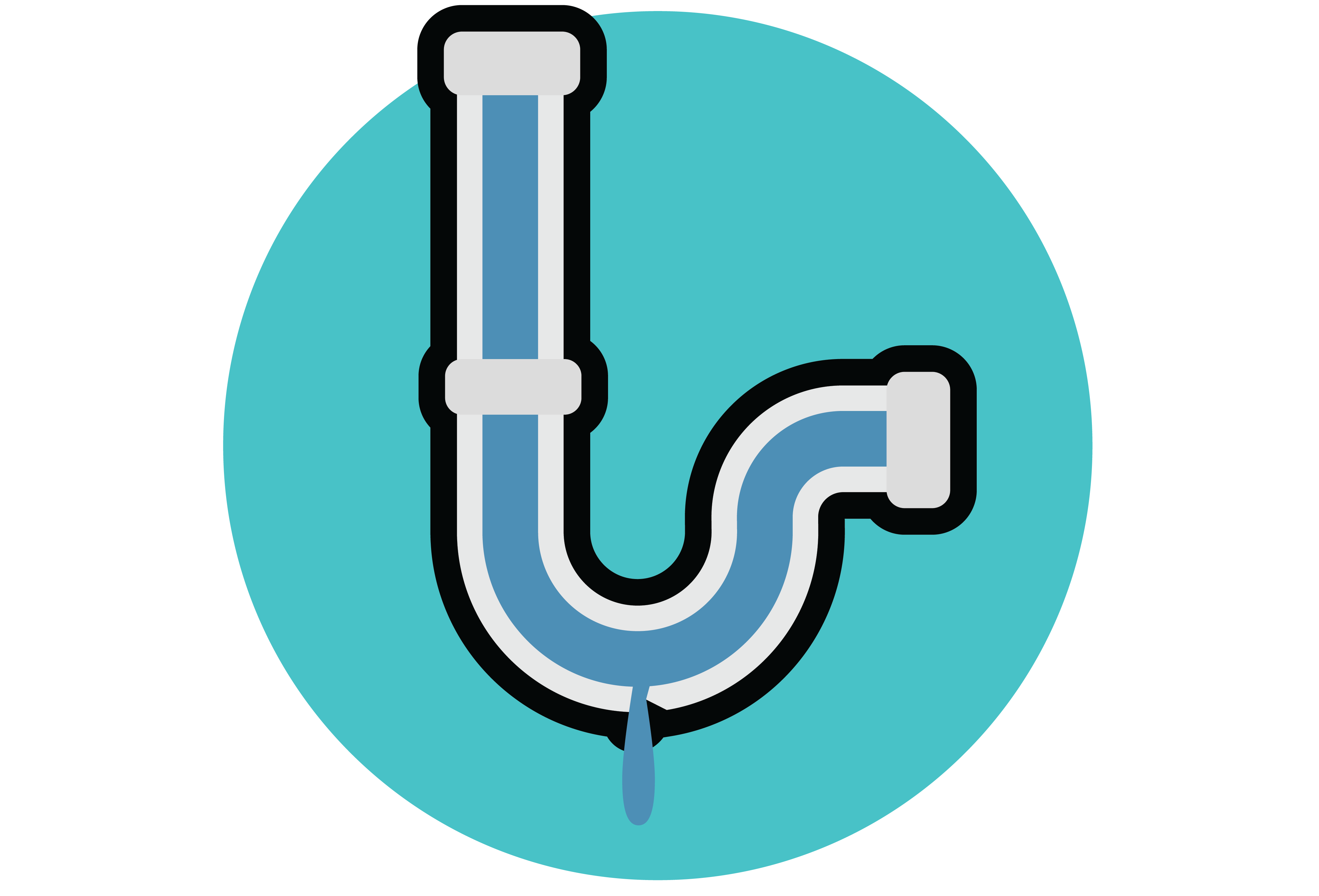


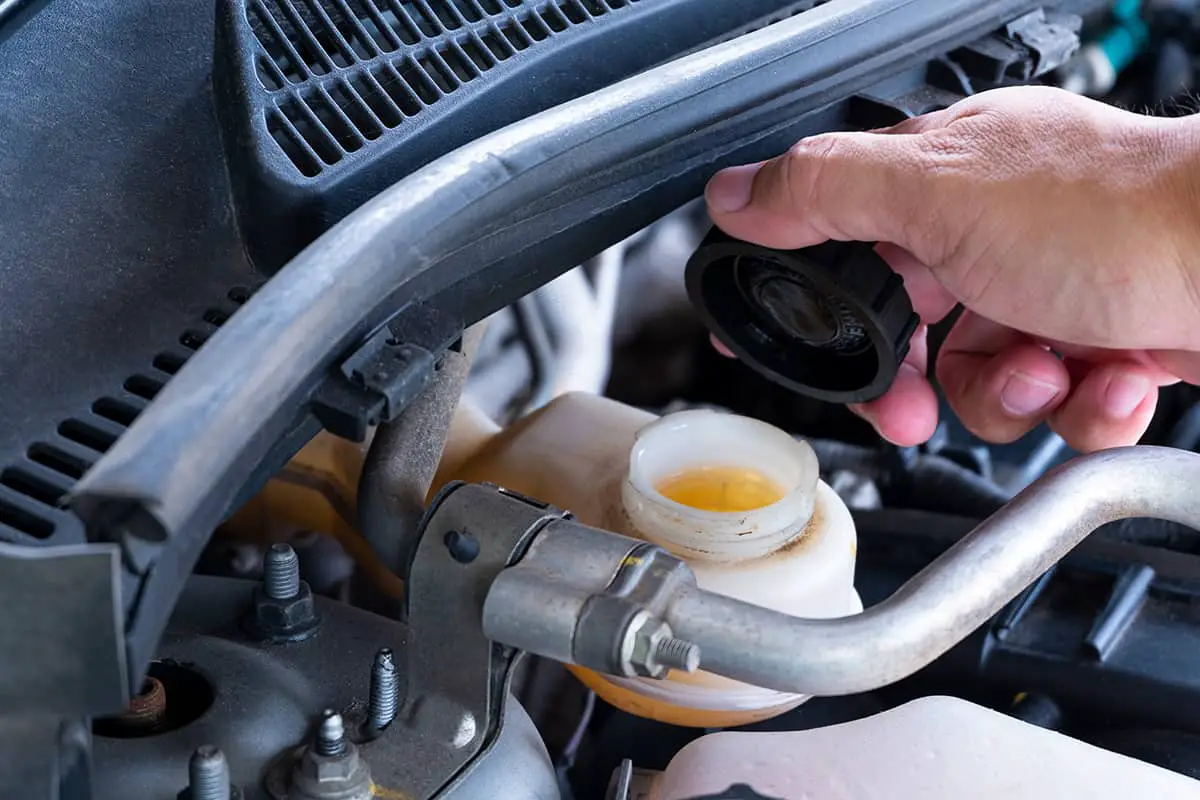






:max_bytes(150000):strip_icc()/how-to-replace-a-bathtub-faucet-5210836-10-6825223c1e75442187d5ab09690510d4.jpg)













